It appears that European gardeners – even the English – discovered the allure of Mediterranean-style gardens last season. Now the trend is crossing “the pond” and will be making an impact on American landscaping and gardening in 2023.
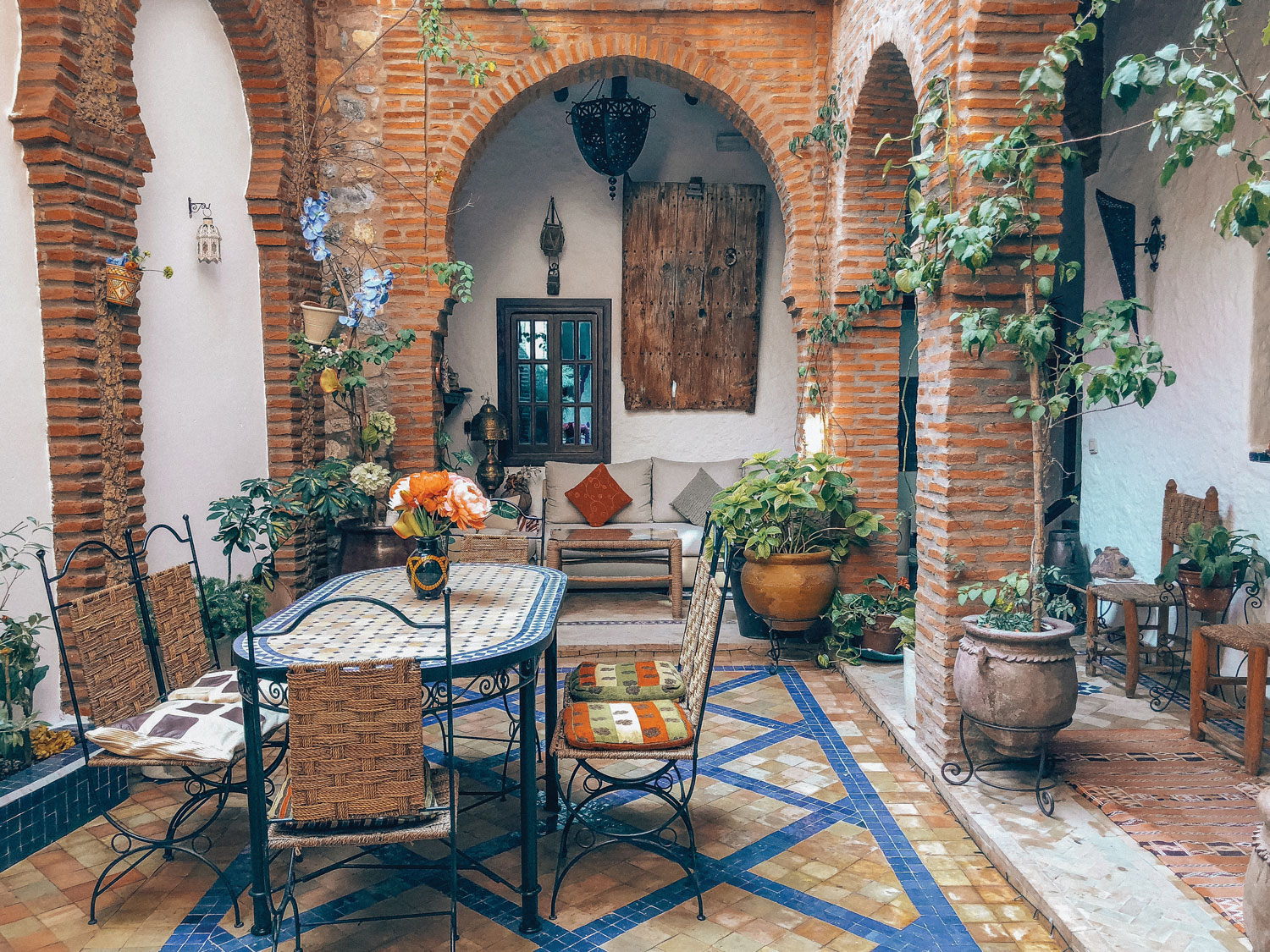
Mediterranean-style gardens are distinguished by vibrant colors, decorative tiles, stone texture, terracotta containers, fragrant plants and spaces dedicated to dining.
Readers who, like your columnist, have been gardening for decades, have seen many trends come and go. It took years for us to get over our enchantment with those deep English perennial borders that not only required a squad of gardeners to maintain, but sooner or later succumbed to our hot and humid summers.
The next trend we fell for was ornamental grasses – touted as low-maintenance and the more the better. Right. Over the course of a few years, we learned they die out in the center and require the assistance of a rugby player to divide. But far worse, those Asian grasses have now seeded all through the meadows and woodlands of our county. Just look, you’ll see them. As a result, I’ve removed all my Miscanthus plantings.
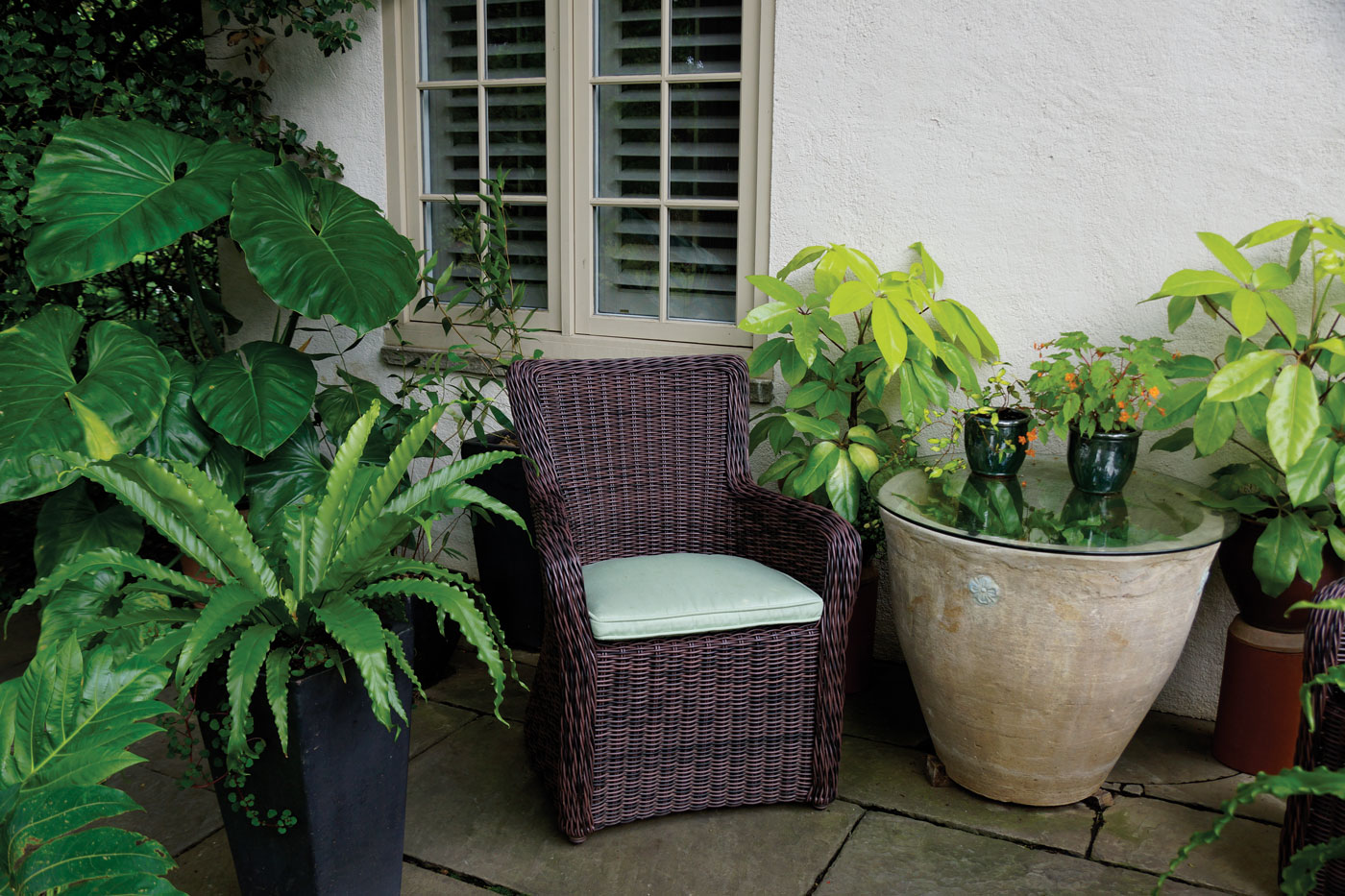
Musts for a Mediterranean-style garden include: A shaded area filled with interesting architectural plants.
In recent years, the “New American Garden” has been the rage, highlighting native plants. It’s become a mania with some home gardeners. I try to appreciate their position, but we can’t overlook the countless non-native plants that deserve to be stalwarts in our borders. Besides, there are native plants that qualify as thugs. I also ask the question, native to where? Just the county? The eastern U.S.? One should not dispute that conifers (evergreens) from Asia are fundamental to providing structure in our gardens. And don’t forget that the much-loved and coddled turf grass dominating the suburbs is not native.
A Solution For a Changing Climate
What can we learn from the gardens of Spain, France, Greece, Morocco and Italy? And why copy? While it may be trendy, the fact of the matter is the gardening style employed in those countries is determined by their hot, dry, sunny climate. Notwithstanding the fact that some areas in the western U.S. had record-breaking rain and snow in recent months, global climate change is predicted to bring hotter and dryer conditions to our northeast summers.
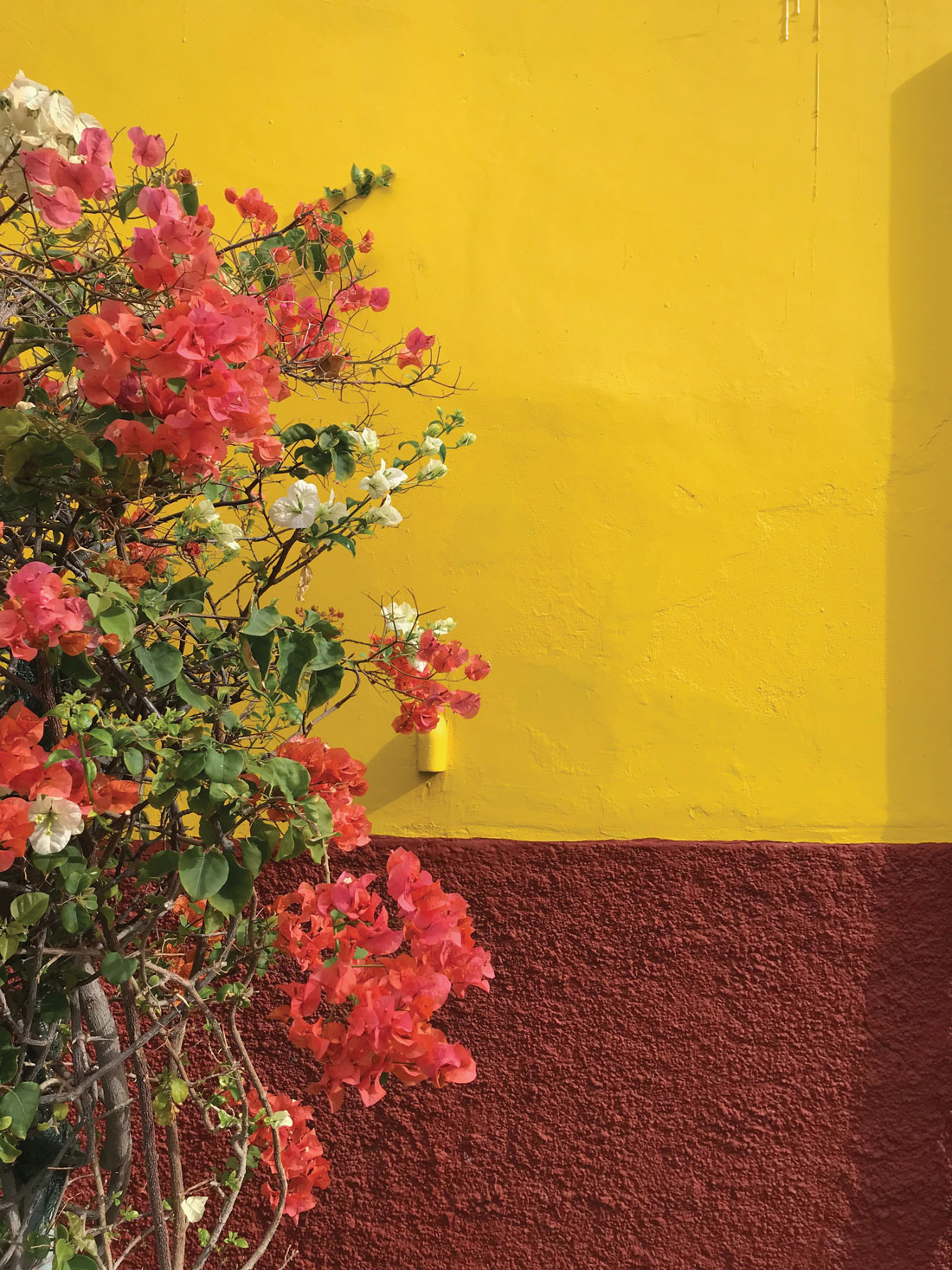
Musts for a Mediterranean-style garden include: Walls (or portions of walls) painted a vibrant color.
The changes in our climate have been noticeable. Providing supplemental watering July into August has become typical. Families returning from a few days away, find their water-needy plants parched. Due to those circumstances, why not try to adapt our borders to this changing state of affairs?
Mediterranean Characteristics
Gardens in the Mediterranean are all about sensory experiences: vibrant colors, gravel paths, decorative tiles, stone textures, cane furniture, painted walls, terracotta pots and fragrant plants. Casual gatherings with friends. Coffee with a book enjoyed under a pergola. Low maintenance. Really.
Why not adapt this casual, elegant style to your own backyard? Such gardens have a timeless feel. Think of a Greek balcony or an Italian terrace garden. Some plants found in such gardens are native, but those grown in similar climates – California, South Africa and Mexico – obviously would be good choices for adapting the style to South Central Pennsylvania.
Structure
All too often we think gardening is first and foremost all about the plants. But successful gardens start with structure. Mediterranean gardens incorporate natural materials in their walls and paving. The natural landscape of the area is mineral-based and entails lots of stone, sand and gravel.
Gravel is used for patios, paths and to mulch the plant beds. (Happily, the bark mulches your writer disdains have no place here.) The gravel paving takes the place of time-consuming, water-dependent grass. The light color of the gravel will reflect heat back onto the vibrant, sun-loving plants. Edges between gravel mulch and paving can be softened with low-growing fragrant herbs. Here and there some larger rocks or boulders can be arranged on the gravel (as long as it looks natural).
Characteristically, glazed tiles in patterns or pulsating colors are used on stair steps or as accents on walls or counters. These brighter touches are tempered by the earth tones of pavers on patios and terraces.
Sure, pastel walls look great as a background to plants, but why not jazz things up a bit by painting the walls in vibrant shades of terracotta, mustard, lapis blue or even magenta, which are so often the distinctive background colors that are seen in hot-weather countries. Perhaps paint just a section of a wall or an alcove because most of the color should come from the flowering plants.
A nice feature is a small pool or fountain (made from natural materials) to provide soothing relief from the reflected heat. For sure, include a bird bath not far away.
As the finishing touch for the style, patio furniture should preferably be a natural material like cane or rustic wood. And, of course, a pergola defining the dining spot with some climbing plants to provide dappled shade.
For a small urban garden or a suburban home that has added one of the “outdoor-living” terraces featured in “landscaping” (actually hardscaping) ads throughout LCM, perhaps the Mediterranean style is just the ambiance needed for relaxed, outdoor living even in temperate Lancaster County.
Cultural Requirements
A south-facing site that receives six to eight hours of sun throughout the season but is also protected from the elements is ideal. If you already have light sandy soil, you’re ready to go, but if you garden on clay, you’ll need to mix in plenty of gravel to provide adequate drainage. Your plants will all require good year-round drainage. If the area you want to plant is frequently waterlogged, that is, it stays wet after heavy rain or snowmelt, you’ll either need to construct raised beds or put all your plants in pots. (Ensure good drainage in your pots by mixing in gravel, sand or perlite.)
Plants growing in conditions seen in Mediterranean countries prefer nutrient-poor soil, so hands off your beloved fertilizers! In next month’s Gardening Journey, I will suggest appropriate container and in-ground plant choices.
Containers
The warm color of terracotta pots is traditional in Mediterranean gardens to set off the vibrant colors of the flowers, tiles and walls. Terracotta soaks up and reflects the heat and is available in pot sizes large enough to accommodate “architectural” plants like palms and yuccas.
Be certain the terracotta you purchase is frost-proof; it’s more expensive but will ensure that your pots get through cold winter weather. The cheaper versions from the box stores will shatter eventually when exposed to below-freezing temperatures. Also think about adding an enameled cobalt-blue container to contrast with the terracotta.
As you prepare your containers for planting, you’ll soon become aware of how heavy they become. Perhaps put them on casters before filling with soil if the planting will need to be moved to a protected area during the winter. Display the pots in a sunny area and water only when the soil feels dry. Use a gravel mulch on the containers for appearance and to keep the roots cool.
Spend the early spring readying your sunbaked patio for a transformation into a Mediterranean-style getaway. In next month’s column, I’ll provide your planting list. By then, soil will have warmed up and our splendid local nurseries will be well-stocked. This summer you will be transported to another world just outside your door. Only missing is a view of the sea and a bocce-ball court!

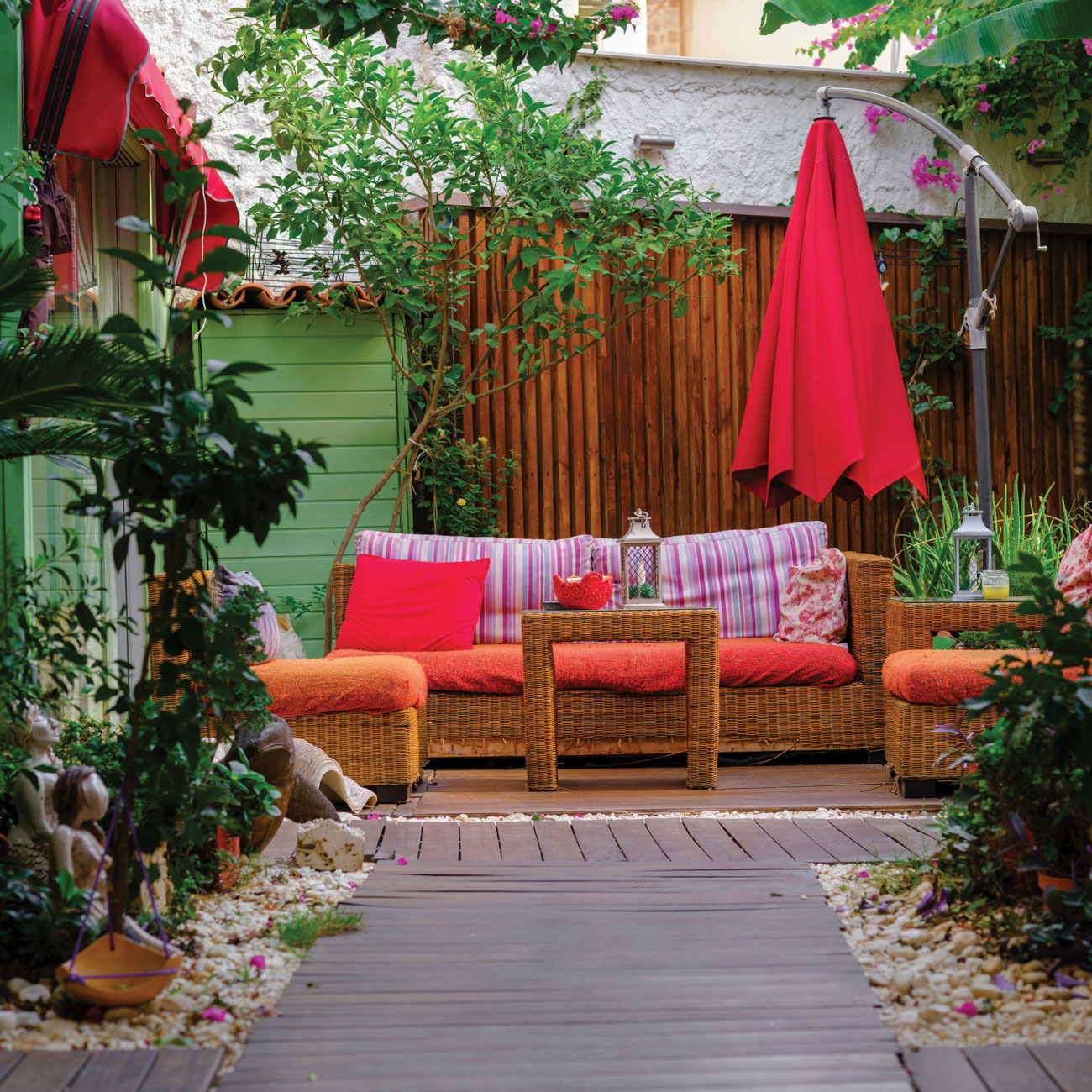
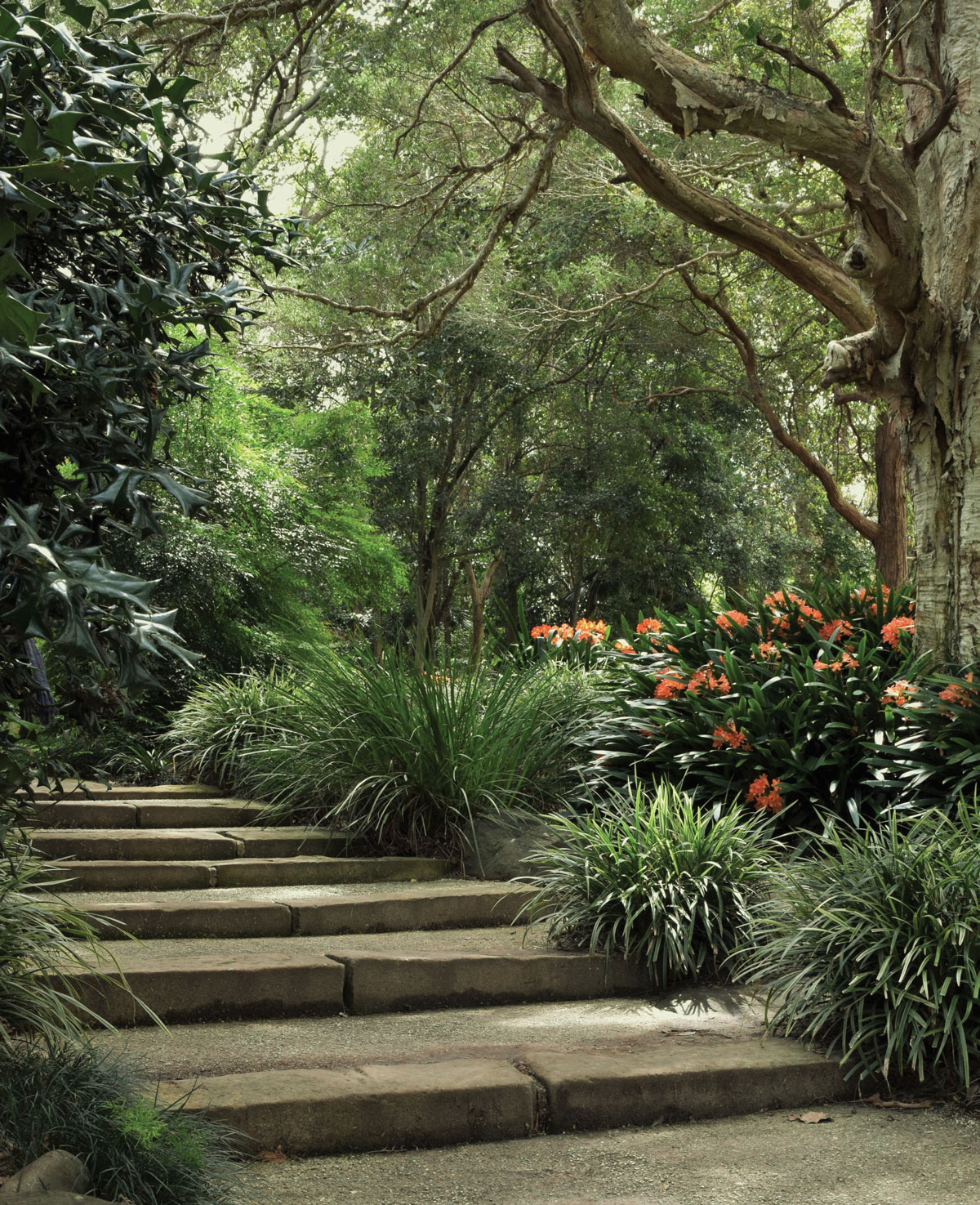
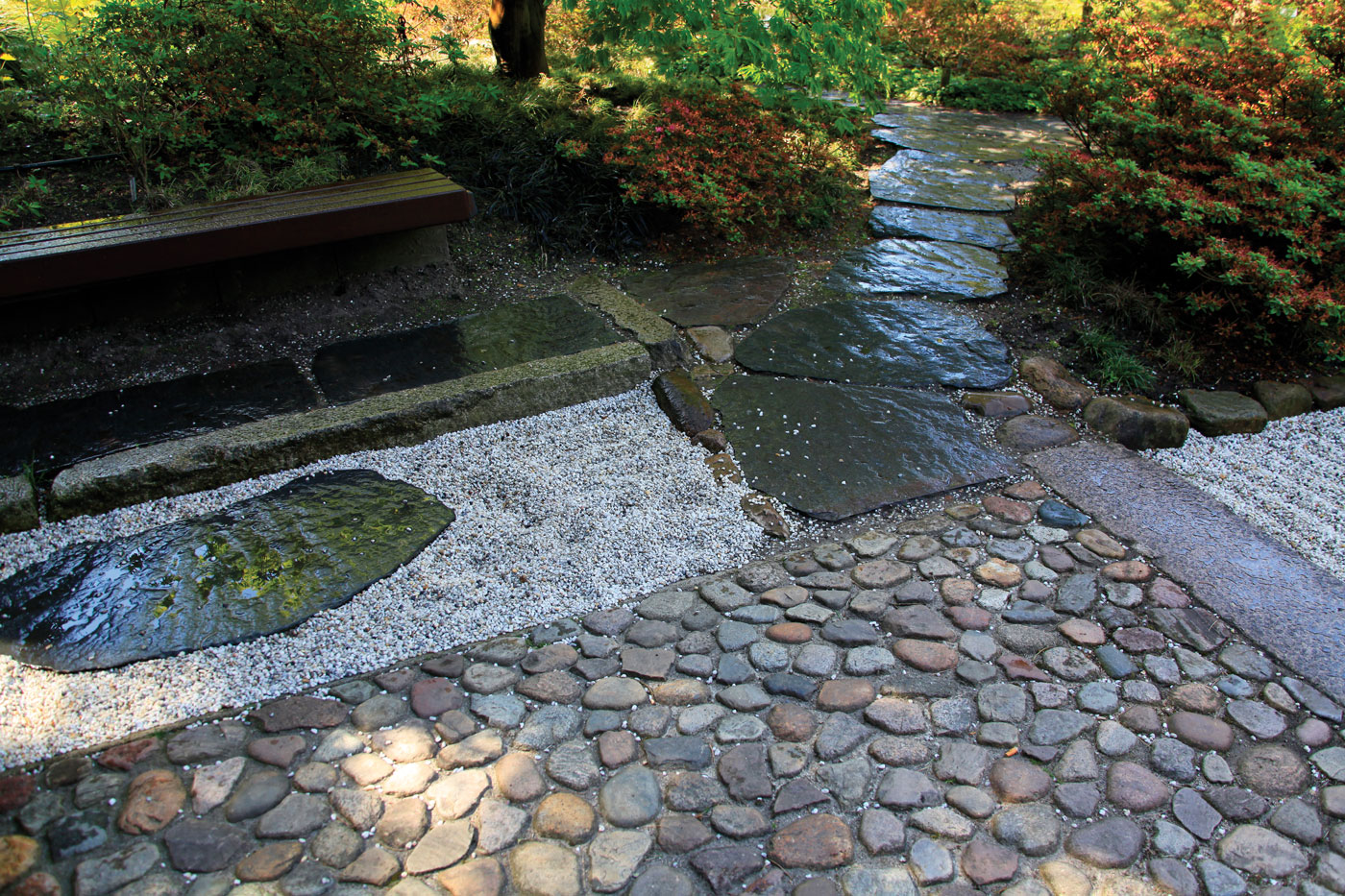
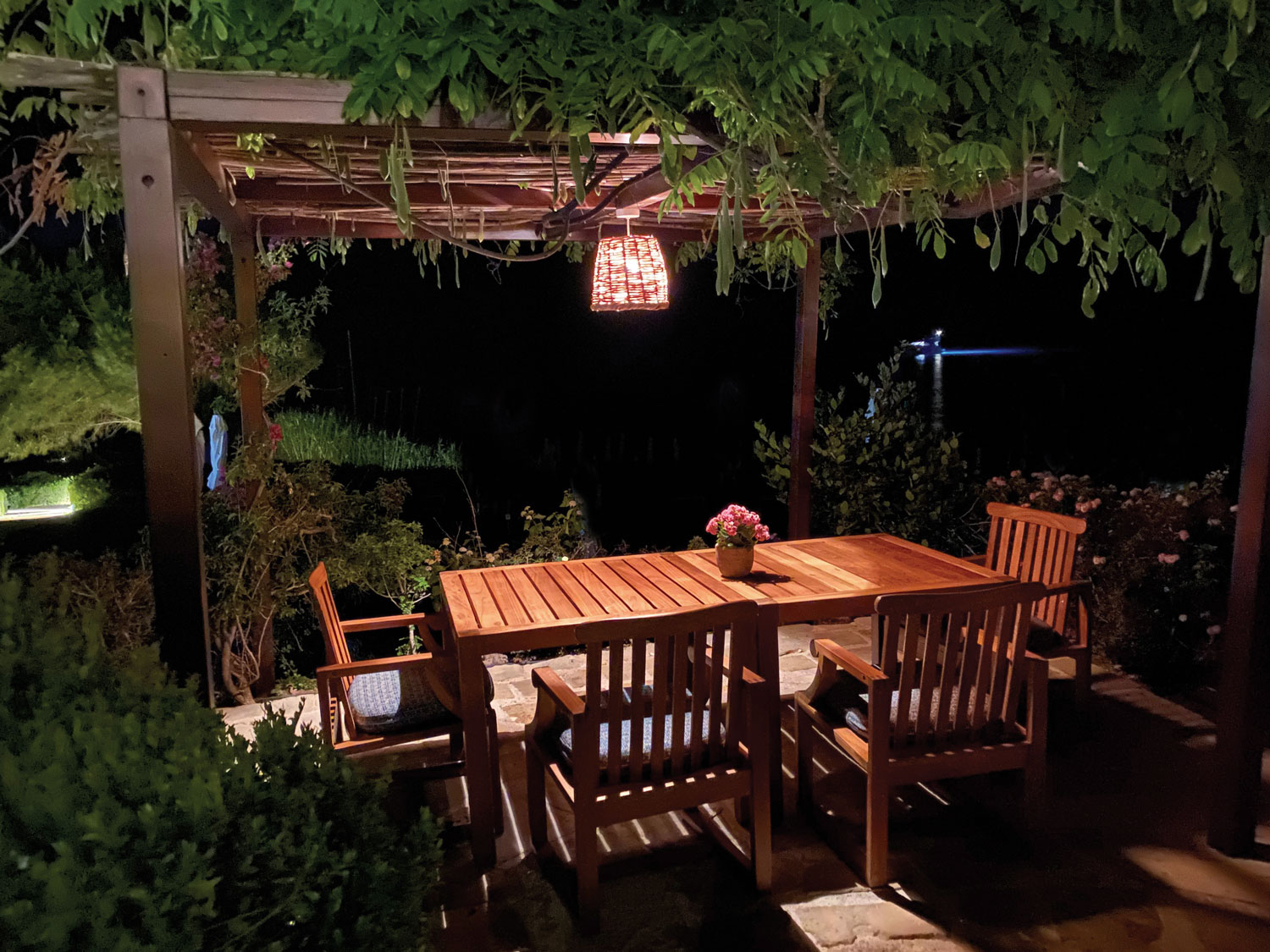
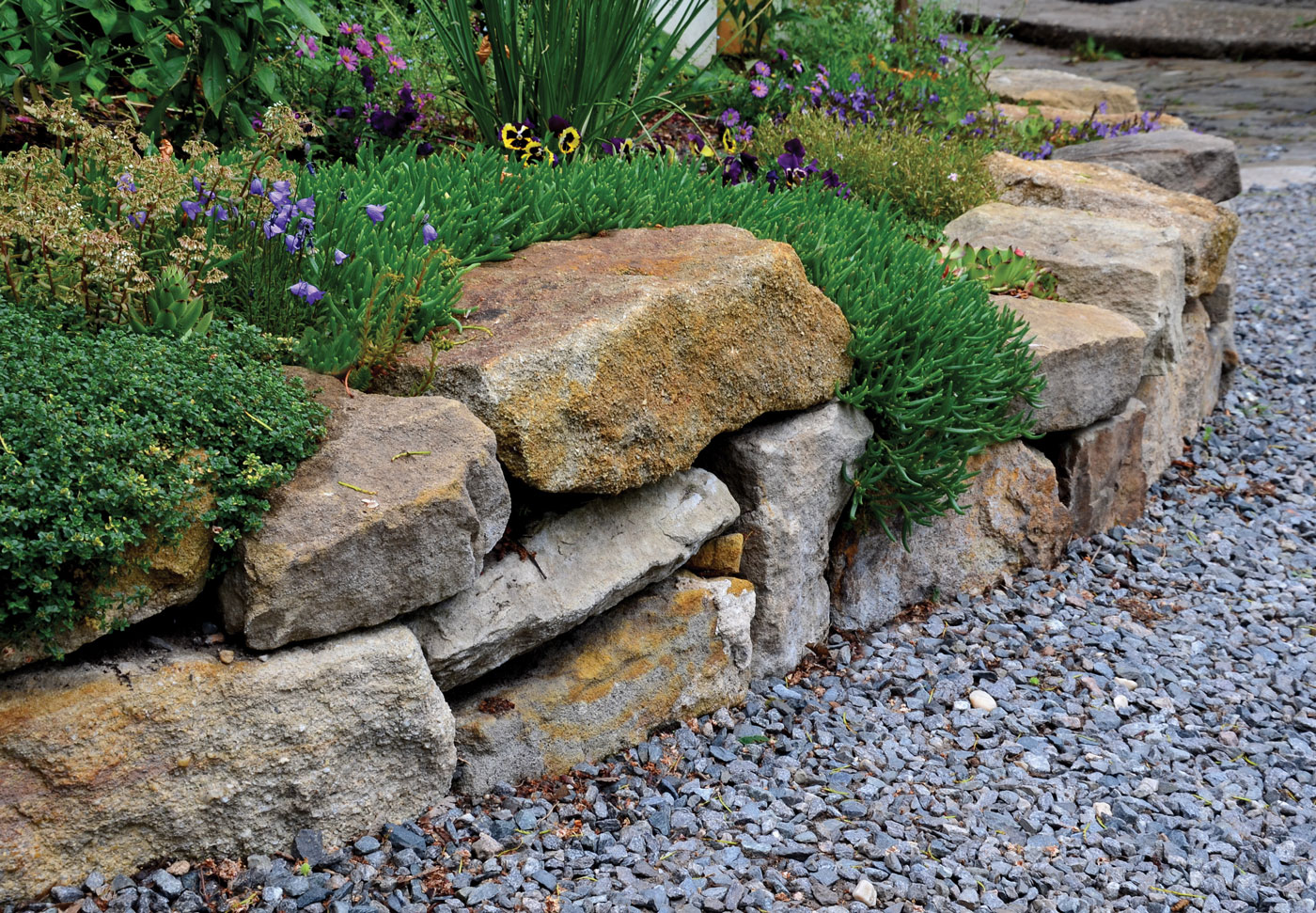
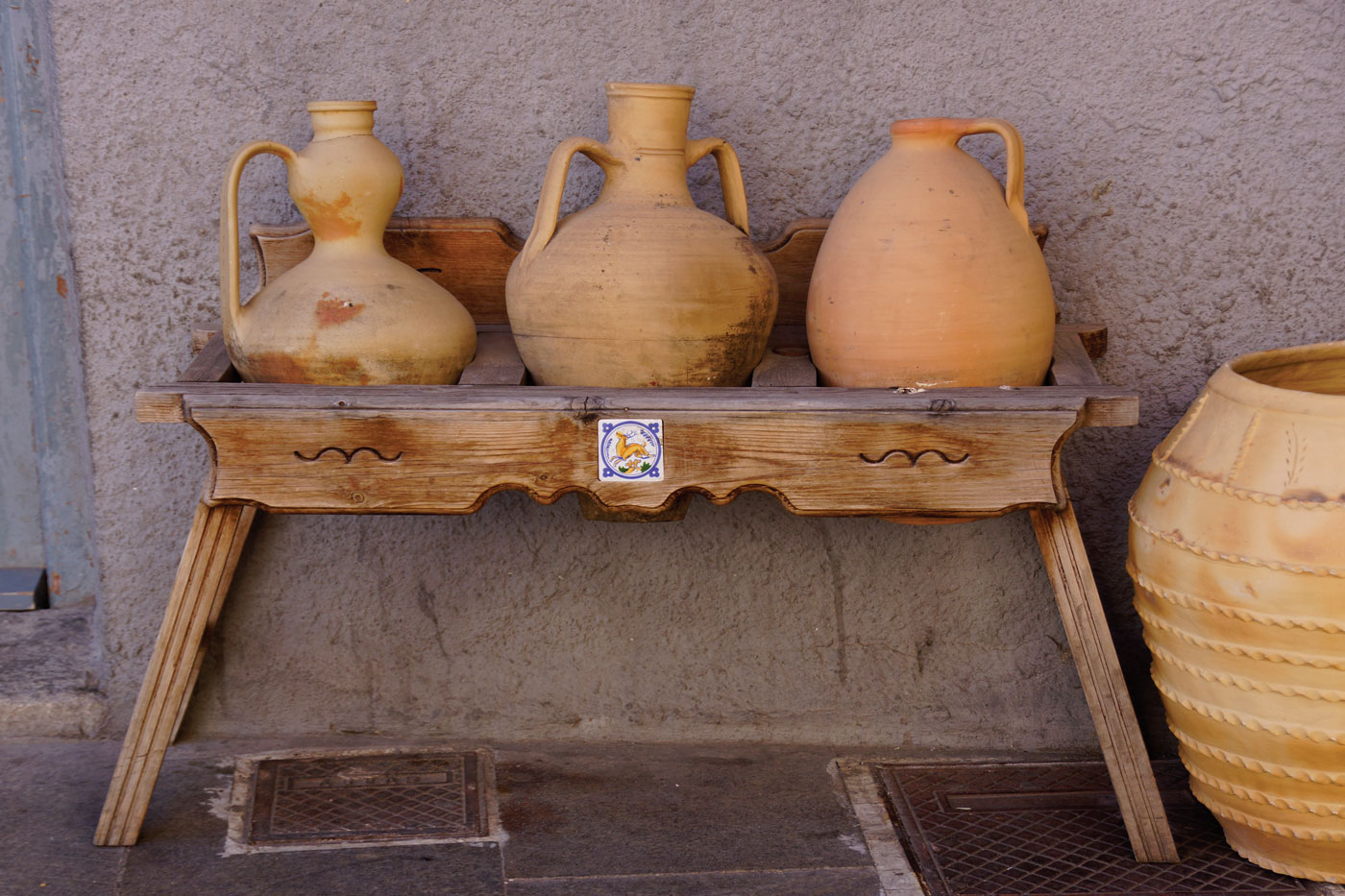
very nice